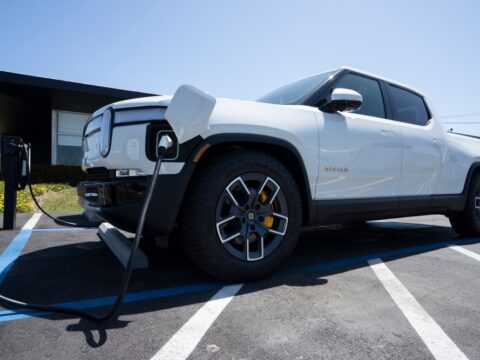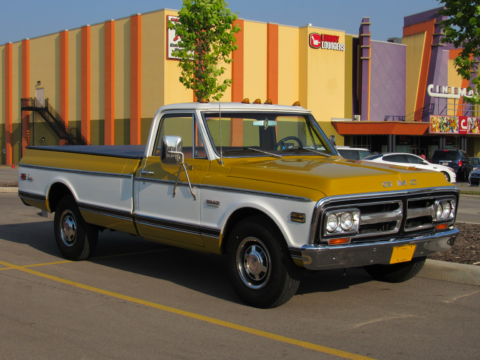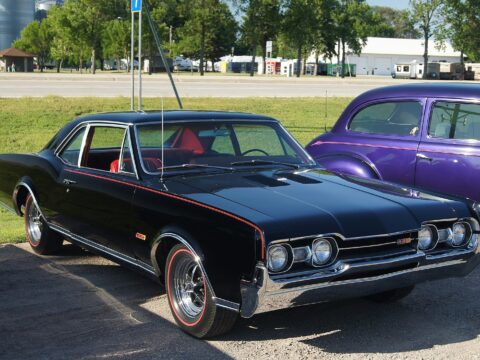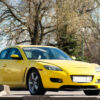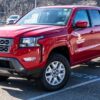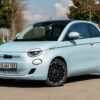Electric vehicles (EVs) have revolutionized the auto industry, offering cleaner alternatives to traditional gasoline-powered cars. However, some models have struggled to deliver on their promise, especially when it comes to range, reliability, and technology. While newer EVs have made impressive strides, certain early models couldn’t meet real-world driving expectations, leaving many drivers disappointed by their performance.
Many of these vehicles faced criticism for having limited range, outdated features, and a lack of advancement compared to newer models. Whether due to insufficient battery capacity or reliability concerns, these EVs demonstrated that the road to greener driving hasn’t always been smooth. Despite their potential, they couldn’t keep up with the rapidly evolving market, showing that not all electric vehicles are created equal.
Contents
Mitsubishi i-MiEV
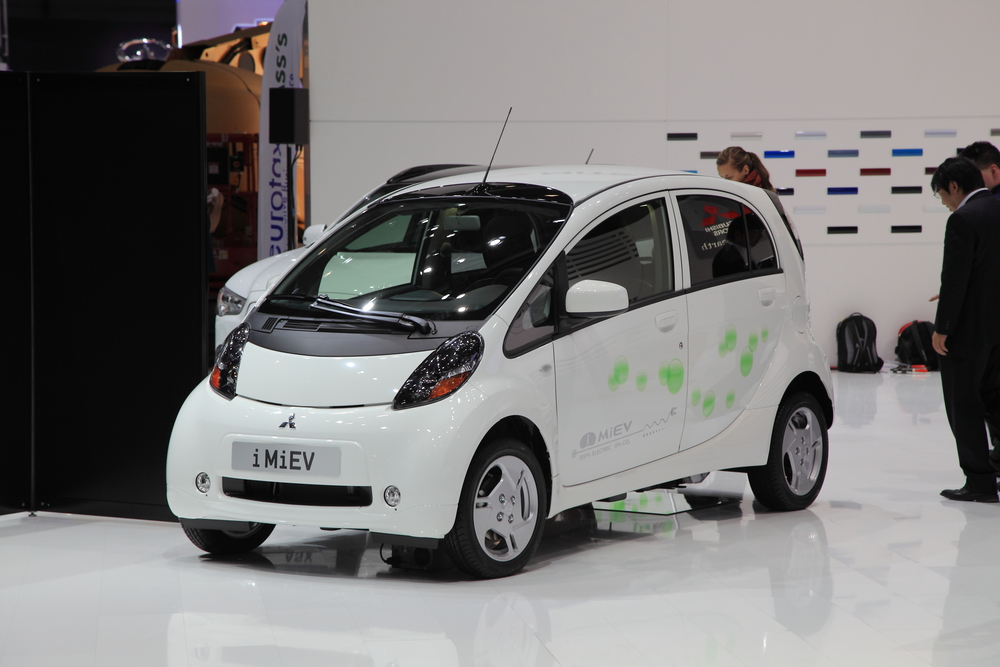
The Mitsubishi i-MiEV was one of the early electric vehicles introduced to the market, but it quickly became outdated as competitors pushed innovation forward. Its limited range of just 62 miles on a full charge made it impractical for most drivers, especially as EV ranges have now far surpassed this. Additionally, the i-MiEV’s outdated technology and basic interior made it less appealing compared to newer, more advanced models. Poor sales and criticism over reliability sealed its fate as a disappointment for those looking for a longer-lasting and more reliable EV.
Volkswagen e-Golf
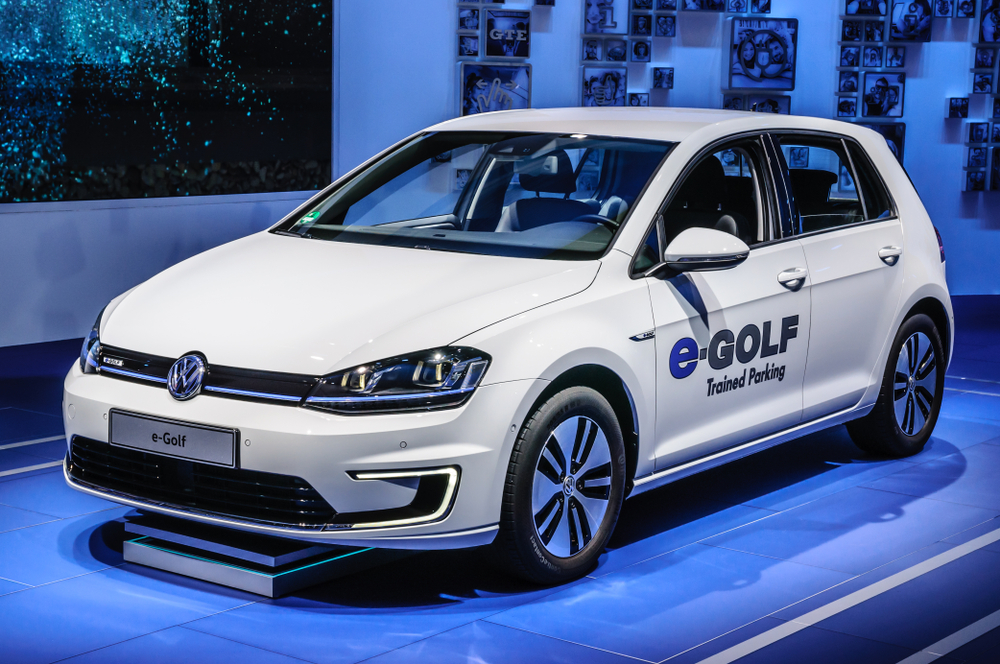
Although the Volkswagen e-Golf received initial praise for maintaining the feel and look of its popular gasoline-powered sibling, it struggled to compete with newer EV models. Its range, which maxed out at about 125 miles, fell short of consumer expectations as the market moved toward higher-range vehicles. The lack of advanced tech features, such as more robust autonomous driving options and fast-charging capabilities, also made the e-Golf feel outdated. Over time, it became evident that Volkswagen’s early foray into the EV market with the e-Golf was not sufficient to meet evolving consumer demands.
Chevrolet Spark EV
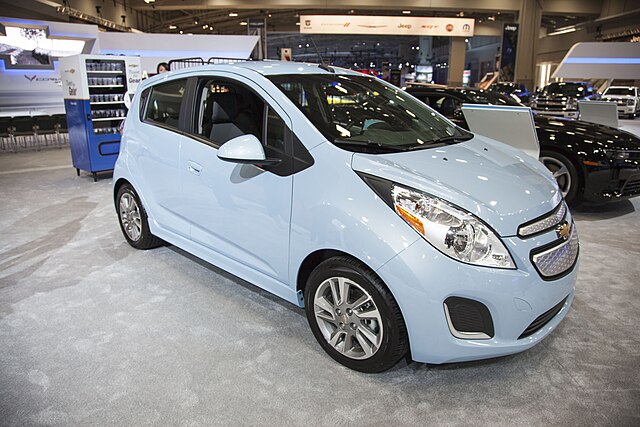
The Chevrolet Spark EV faced criticism for its small size, lack of cargo space, and overall limited utility. While it was affordable, its range of around 82 miles made it more of a city car than a versatile option for various driving needs. The Spark EV also had reliability issues, particularly with its battery, which caused concern for long-term ownership. With new EVs offering better range, more features, and greater reliability, the Spark EV failed to make a lasting impact in the growing electric vehicle market.
Nissan Leaf (Early Models)
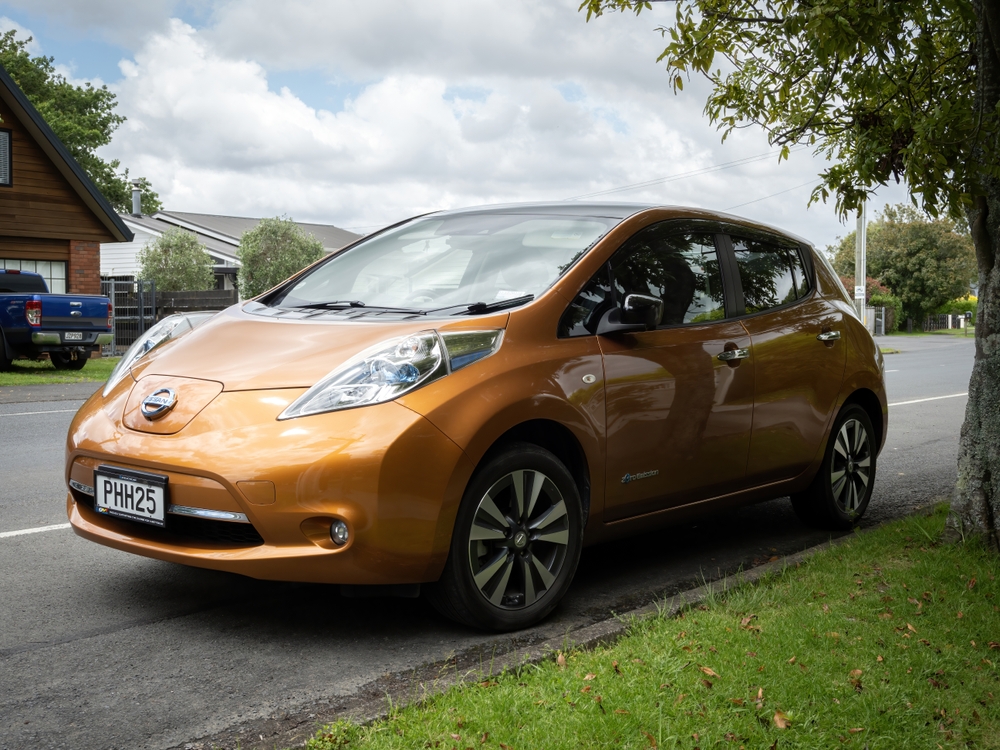
The Nissan Leaf was a pioneer in the electric vehicle market, but its early models faced significant backlash as the EV market progressed. Early versions of the Leaf offered a range of about 73 miles, which quickly became outdated as competitors improved battery technology. Owners also reported premature battery degradation, which reduced the vehicle’s already limited range. While later versions of the Leaf have seen improvements, the early models remain a reminder of the limitations that plagued some of the first mass-market EVs.
Fiat 500e
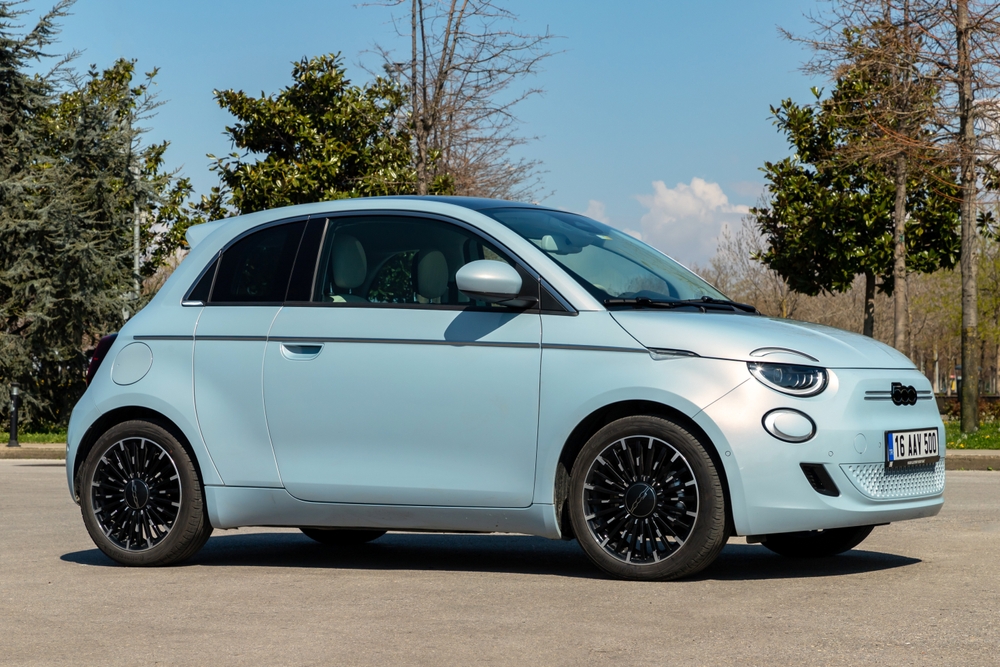
The Fiat 500e, while stylish and fun to drive, was primarily seen as a compliance car—produced to meet regulatory standards rather than to lead in innovation. Its 87-mile range was a significant drawback, making it unsuitable for longer trips or even extended city commutes. The limited charging infrastructure at the time of its release compounded the issue, as drivers found it difficult to rely on the 500e for regular use. Additionally, the vehicle lacked the tech advancements seen in competitors, leading to a perception that it was more of a novelty than a serious contender in the EV market.
Smart EQ ForTwo
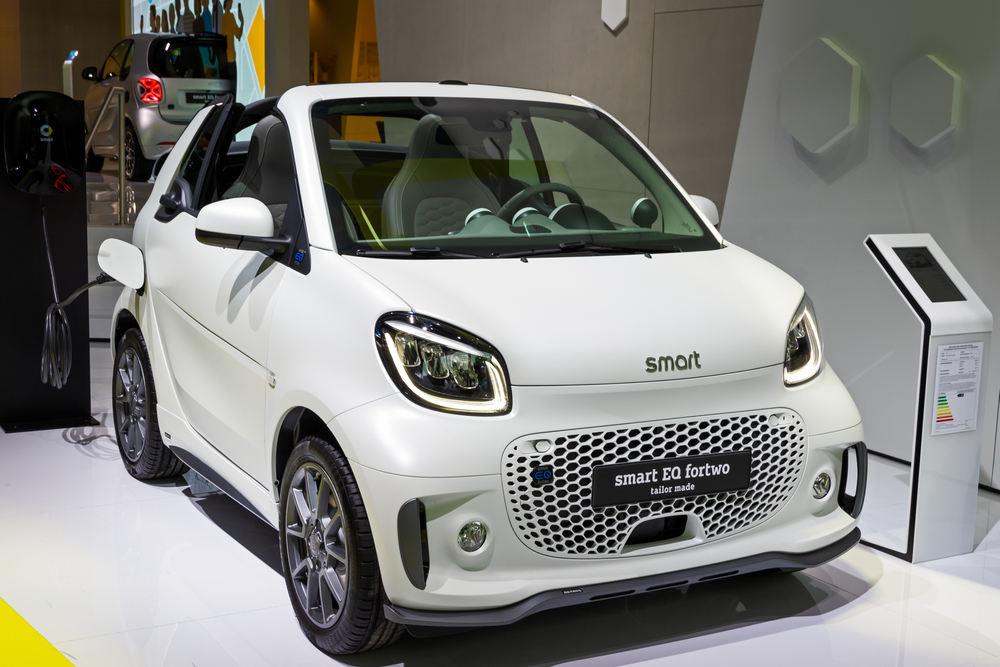
The Smart EQ ForTwo was marketed as an ultra-compact urban EV, but its tiny size and limited range of just 58 miles severely restricted its appeal. Though easy to park in crowded cities, it failed to meet the basic needs of most drivers, such as practicality and flexibility for longer journeys. The vehicle’s lack of modern features, such as advanced infotainment systems or autonomous driving capabilities, made it feel outdated compared to other small EVs. Over time, consumers largely overlooked the Smart EQ ForTwo as better options emerged.
Hyundai Ioniq Electric (Early Models)
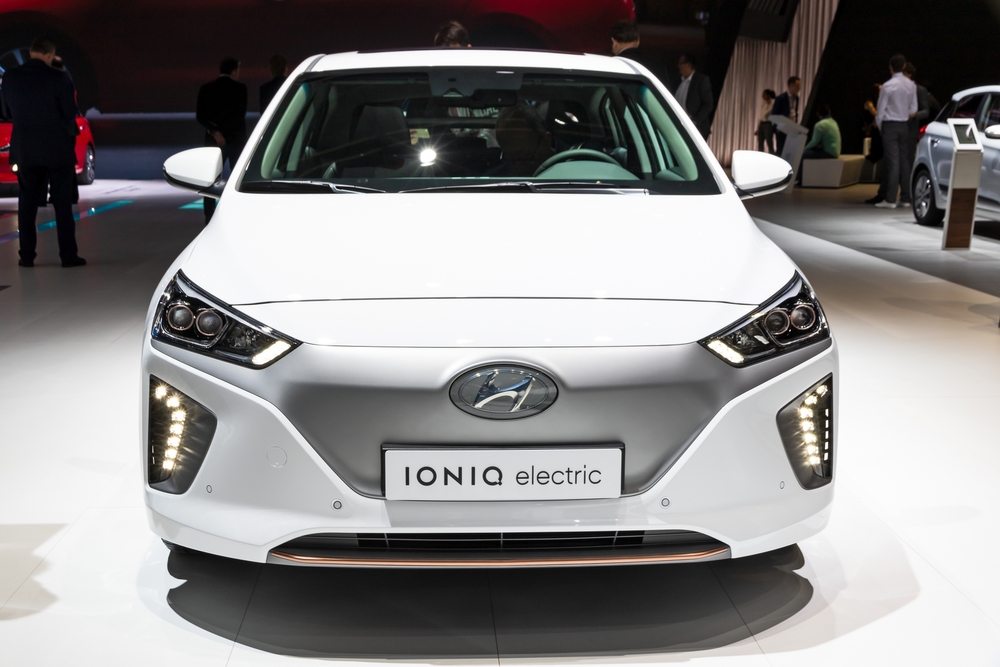
Hyundai’s early Ioniq Electric models struggled to gain traction due to their limited range of 124 miles, which, though competitive at the time, was quickly overshadowed by advancements from competitors. Additionally, the vehicle’s lack of advanced tech features like faster charging or superior infotainment systems made it less attractive compared to other offerings. The design was also criticized for being uninspired, and while Hyundai has improved its EV lineup significantly since the early Ioniq Electric models remain a reminder of their growing pains in the electric vehicle market.
BMW i3
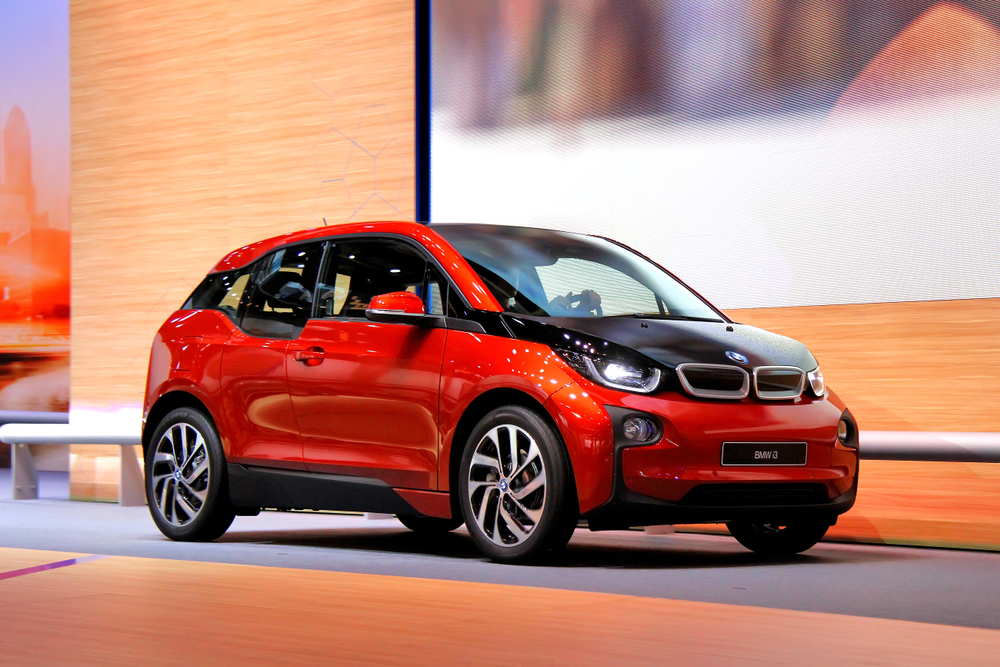
The BMW i3 was initially praised for its bold design and luxury branding, but its 81-mile range in the early models was a significant drawback for most buyers. Though BMW offered a range extender option, the vehicle’s overall utility and real-world performance were disappointing compared to cheaper competitors offering better range and reliability. The unique carbon-fiber body and futuristic looks couldn’t make up for its range limitations and high price point, which alienated consumers looking for a more balanced offering.
Ford Focus Electric

The Ford Focus Electric was seen as a transitional vehicle for Ford, but its 115-mile range and lack of fast-charging capabilities quickly became evident as shortcomings. Without the option for long-range driving or quick refueling, the Focus Electric struggled to appeal to a broad audience. Critics also pointed out that it didn’t offer much in terms of unique features, feeling more like a converted gas-powered car than a vehicle purpose-built to be electric. As competitors pushed for innovation, Focus Electric failed to stand out.
Kia Soul EV
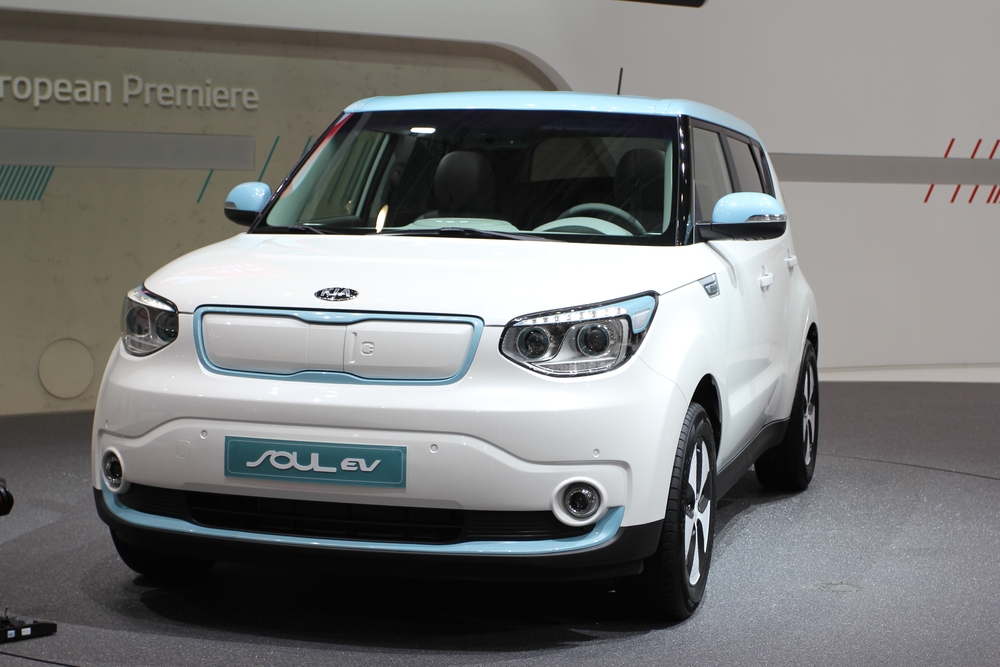
Kia’s Soul EV, while quirky and well-loved for its design, faced serious criticism due to its limited range. With an early model offering only around 93 miles per charge, the vehicle couldn’t compete with newer models that doubled that number. Its boxy design also impacted efficiency, meaning that even with the same battery size as competitors, it offered less range. Consumers who were drawn to the aesthetic were often disappointed by its real-world performance, leading to its decline in popularity as more advanced EVs entered the market.
Mercedes-Benz B-Class Electric Drive
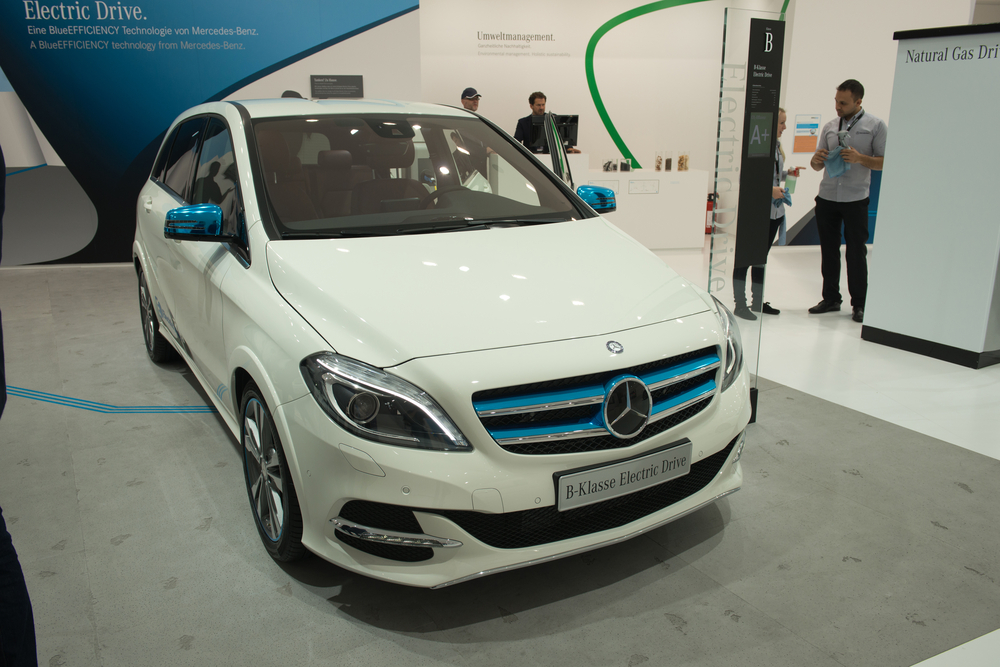
Despite being a luxury brand, the Mercedes-Benz B-Class Electric Drive struggled in the EV market due to its limited range of around 87 miles. It lacked the refinement and technological sophistication consumers expected from a Mercedes, especially in comparison to the rapidly evolving EV landscape. The vehicle’s performance didn’t match its premium price tag, and it was quickly outclassed by other EVs offering better range, more features, and superior reliability. The B-Class Electric Drive ultimately became one of the more forgettable attempts at an early luxury EV.
This article originally appeared on MyCarMakesNoise.
More from MyCarMakesNoise
10 Military Aircraft Features Pilots Find Frustrating

Military pilots operate some of the most advanced and powerful machines in the world, but these aircraft are not without their challenges. While they are designed to perform under the most extreme conditions, certain features can make a pilot’s job more difficult and, at times, downright frustrating. Read More.
10 Motorcycles That Will Run for Decades Without Breaking Down

When it comes to choosing a motorcycle, reliability is often one of the top concerns for riders. Whether you’re commuting daily or embarking on long road trips, having a bike that can run for decades without breaking down is essential. Read More.
15 Top Luxury Sedans with Powerful V6 Engines

Regarding luxury sedans, a powerful V6 engine can transform a smooth, elegant ride into an exhilarating driving experience. Combining the best of both worlds – luxury and performance – these sedans offer more than just plush interiors and cutting-edge technology. Read More.

